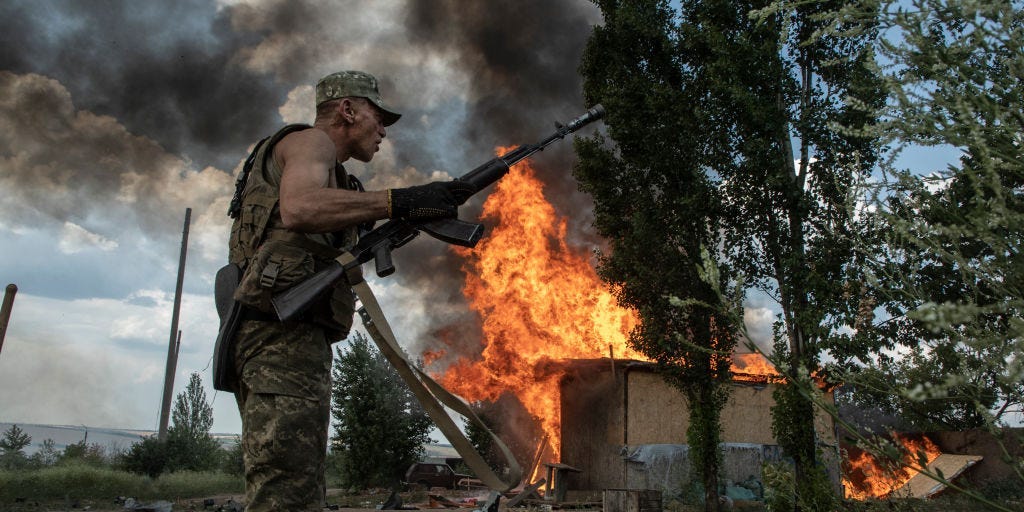- After half a year of war in Ukraine, Russia has little to show for its unprovoked invasion.
- The Russian military, which was expected to steamroll Ukraine, has stalled as losses mount.
- And Russia looks to be shifting to a defensive posture as Ukraine makes counteroffensive moves.
Six months ago, Russian forces stormed into Ukraine determined to quickly crush Ukrainian defenses and achieve a swift victory. But that hasn't happened.
Instead, Russia's rapid advance has slowed to a crawl, and Ukraine is making the invading forces pay in blood for every inch forward as the conflict becomes a grinding war of attrition.
Russian President Vladimir Putin ignited this brutal conflict on February 24, when he ordered tens of thousands of Russian troops positioned on Ukraine's borders, alongside tanks and other warfighting equipment, into the country. Infantry and armor movements and airborne assault operations followed long-range strikes on Ukrainian soil.
Expert analysis and intelligence assessments before the war started suggested Ukraine didn't stand a chance and would likely fall to Russian control in a matter of months, if not weeks or even days. It was a bleak picture, but such expectations could not have been more wrong.
Early Russian missteps, such as the missing-in-action Russian air force and the lack of combined arms operations, created opportunities for Ukrainian resistance. And supply issues and disorder and discipline problems within the Russian ranks, including sabotage, surrender, and disobedience, hindered the effectiveness of Russia's military in battle.
After initially encircling Kyiv, Russian forces failed to overrun Ukraine's defenses and capture the city.
Unable to seize the capital and topple the government, Russia pulled back and redirected its focus to the Donbas region in eastern Ukraine, where the conflict has resembled World War I combat, with trench warfare and intense exchanges of artillery fire.
'The Russians have achieved none of Vladimir Putin's objectives'
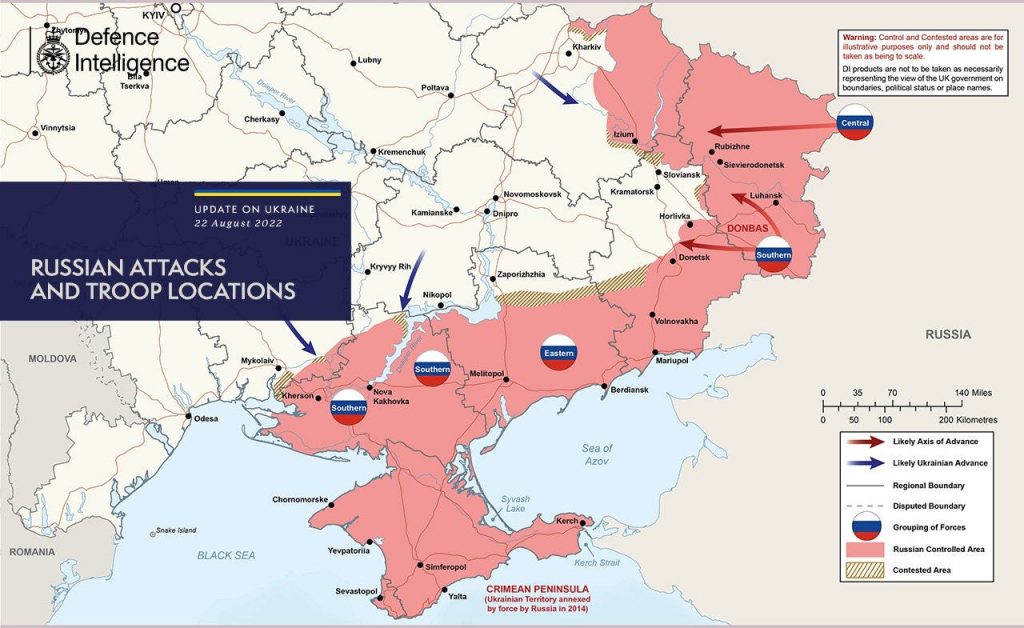
Russia has expanded its territorial holdings in the east and along the coast in southern Ukraine. Part of Russian-controlled territory, however, includes regions that Russian forces either already occupied or that Russia-backed separatists held before the war.
And those relatively limited achievements compared to some earlier expectations have come at a pretty steep price for the Russian military.
Russia has lost an unusually high number of generals and senior officers in battle, and the most recent Pentagon estimates put Russian casualties in Ukraine as high as 80,000, with up to 4,000 armored vehicle losses.
A senior US defense official said earlier this month that these figures were "remarkable considering that the Russians have achieved none of Vladimir Putin's objectives at the beginning of the war."
In late July, CIA director William Burns revealed that US intelligence estimates placed Russian war dead at about 15,000, with around three times as many wounded. Those numbers have gone up since.
"The Ukrainians have suffered as well," he said, explaining that the numbers are "probably a little less than that, but, you know, significant casualties."
Ukraine's top general Valeriy Zaluzhny said this week that Ukraine has lost an estimated 9,000 soldiers since Russia launched its invasion.
'No one is making big gains'
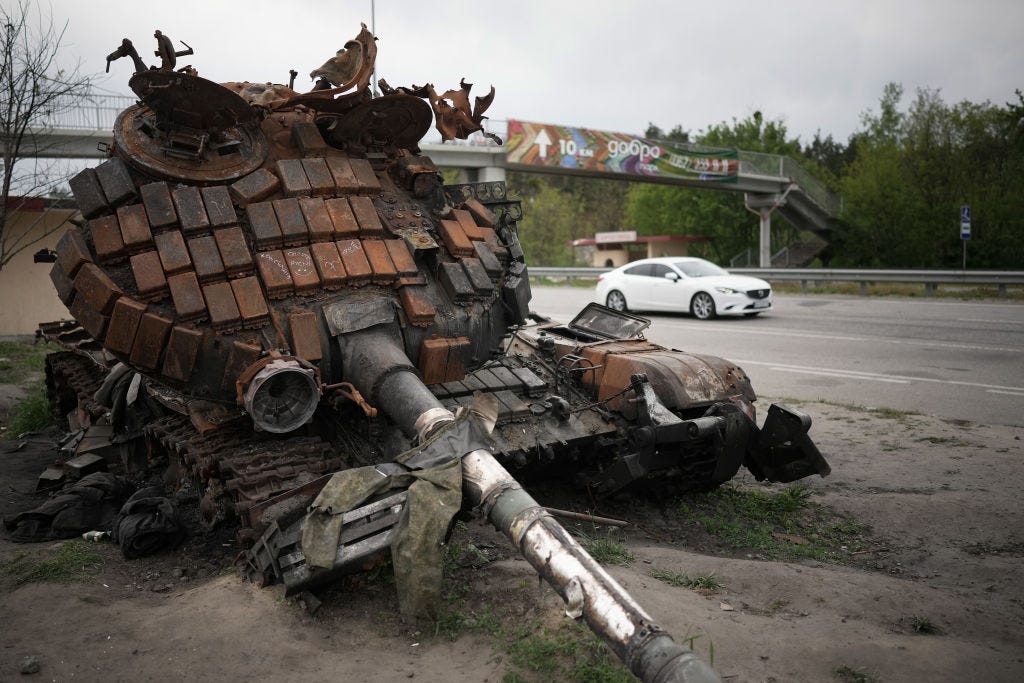
After half a year of fighting in Ukraine, Russia's war machine seems to be grinding to a halt, according to expert and military observations.
"If I had to give a simple characterization of the front now, I would say it's largely static," Jeffrey Edmonds, a CNA Russia expert and former CIA military analyst, told Insider. "You have little movements here and there on both sides, but no one is making big gains."
A senior American defense official told reporters last Friday that the Pentagon is "seeing a complete and total lack of progress by the Russians on the battlefield," adding that there has been a "hollowing out of Russian forces in Ukraine" that is raising questions of sustainability.
"Both sides are fairly exhausted, but especially on the Russian side, they can't maintain momentum," Edmonds, a former US Army tanker, said. "They don't have the manpower; they don't have the morale or the momentum to actually carry through at the operational level and sequence multiple operations moving forward to try to claim new territory."
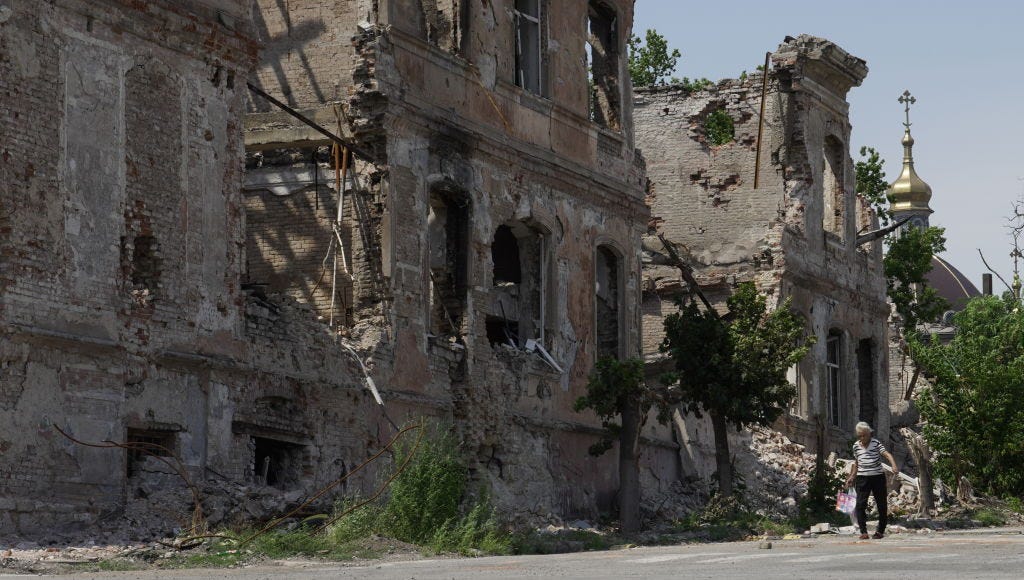
But Russia's army has been able to spread destruction, devastation, and fear.
Some Ukrainian cities, like Mariupol, have been all but completely destroyed. Others, like those in the shadow of the Zaporizhzhia Nuclear Power Station that the Russian military has apparently been using as a shield, have been held hostage by Russian aggression that has been widely condemned as reckless.
Six months of war has ravaged a number of places across Ukraine, taking a heavy toll on its people. The Ukrainians have alleged numerous Russian war crimes and atrocities and reported thousands of civilian casualties, and millions of Ukrainians have had to flee their homes.
Ukraine's leadership warned this week that as the Ukrainian people celebrate the country's independence day on Wednesday, Russia could carry out "something particularly ugly, something particularly vicious." It is unclear what that might be.
'Actively shaping the course of the war for the first time'
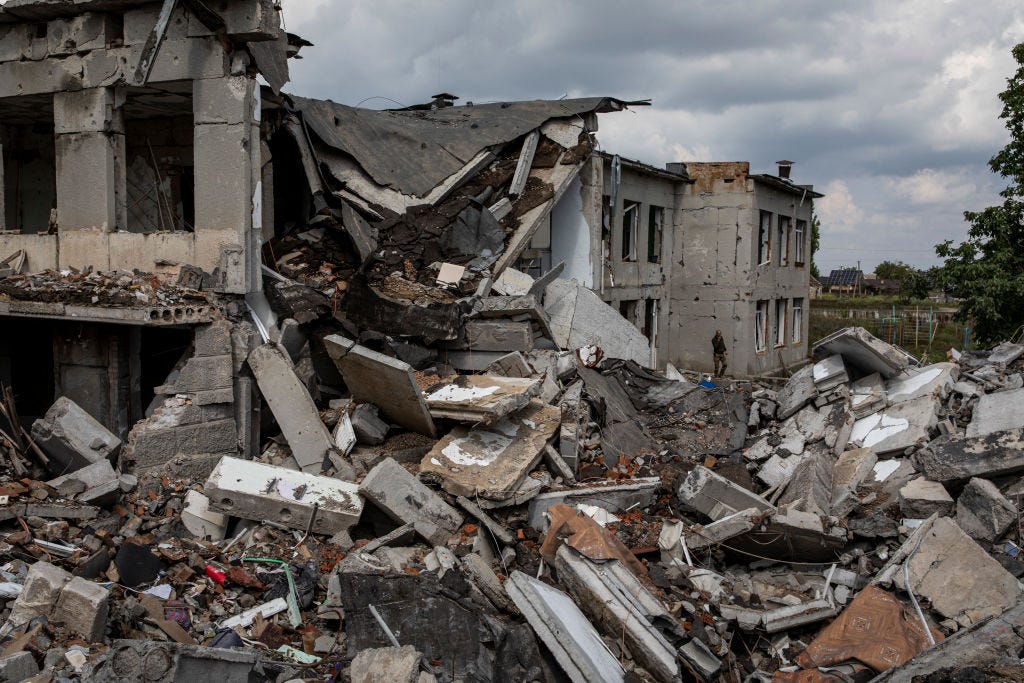
Ukrainian President Volodymyr Zelenskyy is heading up Ukraine's ongoing efforts to fend off the Russian invasion, propped up with billions of dollars in economic aid and weapons packages from the US and other Western partners.
The Biden administration, for instance, has provided over $10 billion in support for Ukraine's war efforts and is expected to soon announce a massive $3 billion arms package.
Western anti-tank weapons like the Javelin and NLAW have ripped through Russian armor, and artillery systems like the M777 Howitzer and the long-range High Mobility Artillery Rocket System have been used to great effect to hinder Russian advances.
And six months in to the war, there are now growing signs that a long-awaited Ukrainian counteroffensive is in the works, though perhaps not in the way that some might expect.
Ukrainian officials, as well as some expert observers, have said that recent explosions at Russian positions in the rear that damaged combat assets, among other attacks, were the beginning of an effort to retake captured territory, specifically the western bank of the Dnieper River and part of Kherson, the first city to fall to the Russians.
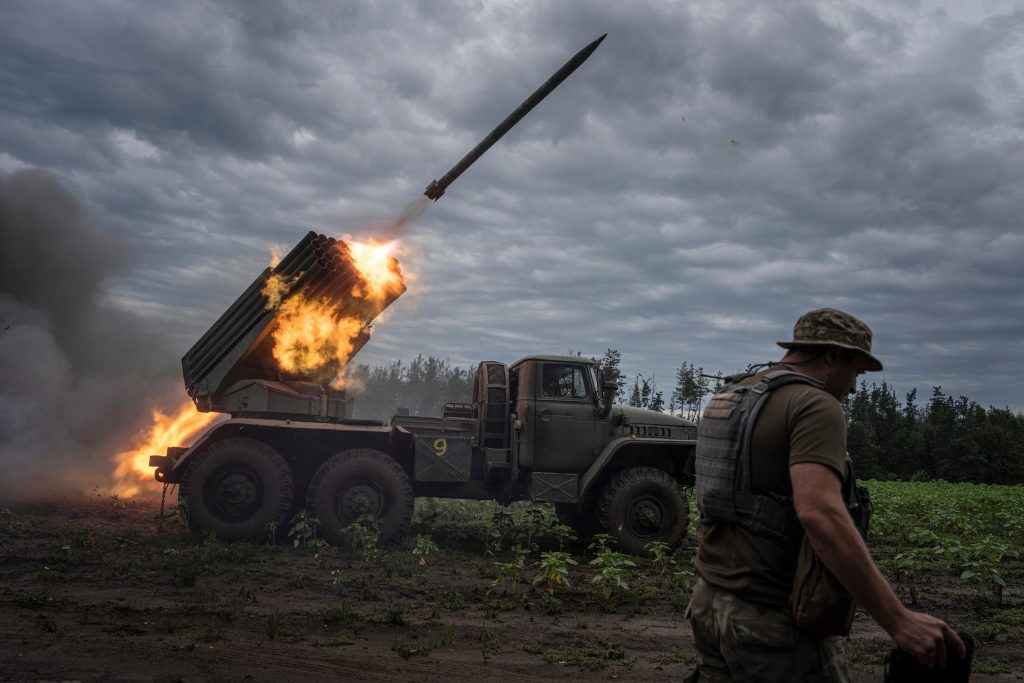
"That pattern of activity is part of a campaign to erode the Russian position," George Barros, an analyst and expert on Russia and Ukraine at the Institute for the Study of War, told Insider.
"The Russians," he explained, "would actually like it if the Ukrainians assembled a large combat force, brought them to Kherson possibly at the expense of weakening Ukraine's defenses in other parts of the country, and then gave the Russians a decisive battle," one where Russia has the advantage.
"But the Ukrainians aren't doing that," Barros said. Instead, they are "degrading the Russian positions that are reinforced in upper Kherson," suggesting a counteroffensive is very likely to resemble a "protracted sort of siege."
At a certain point, when Russian combat capability has been sufficiently weakened, it becomes "manageable for a smaller Ukrainian force to conduct a series of ground maneuvers to actually recapture that territory," Barros said.
Russia appears to be taking the possibility of a southern counteroffensive seriously and seems to be repositioning assets and making a clear "shift to a defensive position, emphasizing the defense of the south," Edmonds said.
Earlier this month, the Institute for the Study of War wrote that "Ukraine's preparations for the counteroffensive in Kherson and the initial operations in that counteroffensive combined with the dramatic weakening of Russian forces generally appear to be allowing Ukraine to begin actively shaping the course of the war for the first time."
'They may just pull off the most unlikely of victories'
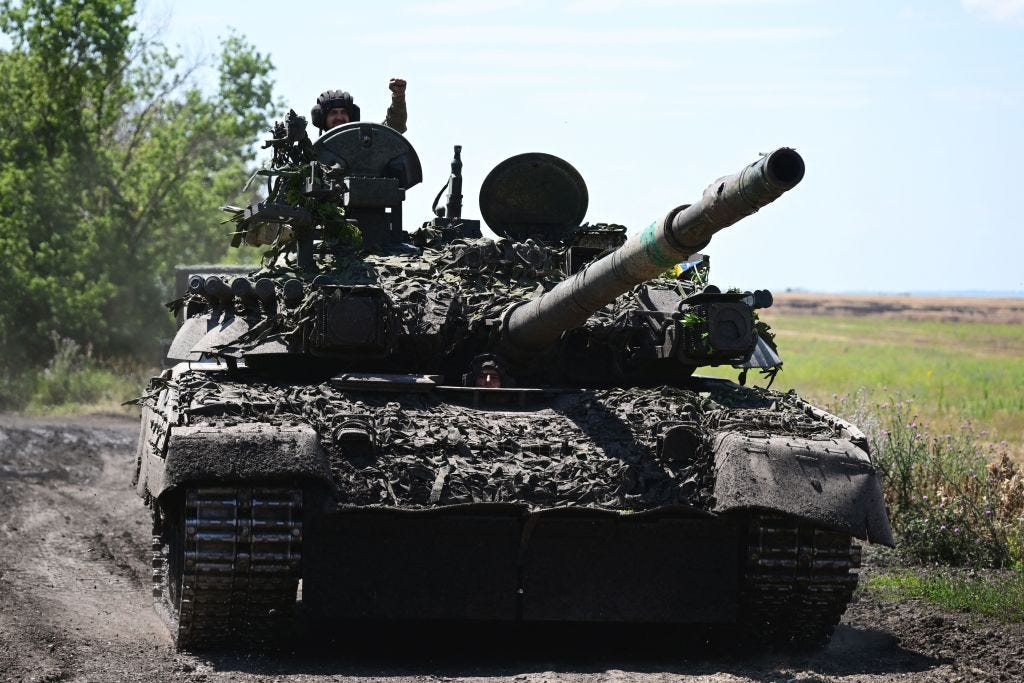
That said, "there is a difficulty to offensive operations that, in some ways, makes them harder than defense," Edmonds explained, noting that this does not mean defense is easy, given the defending army's need to stay mobile and carefully anticipate potential avenues of approach that an enemy might exploit.
But because offense does present a number of substantial challenges, Ukraine may need time to further erode Russian warfighting capabilities at key positions and build up the necessary combat power, and Russia is unlikely to sit idly by.
Even in the face of these difficulties though, the notion that Ukraine could achieve victory in this fight against a former military superpower seems far less impossible now than it did before the war began.
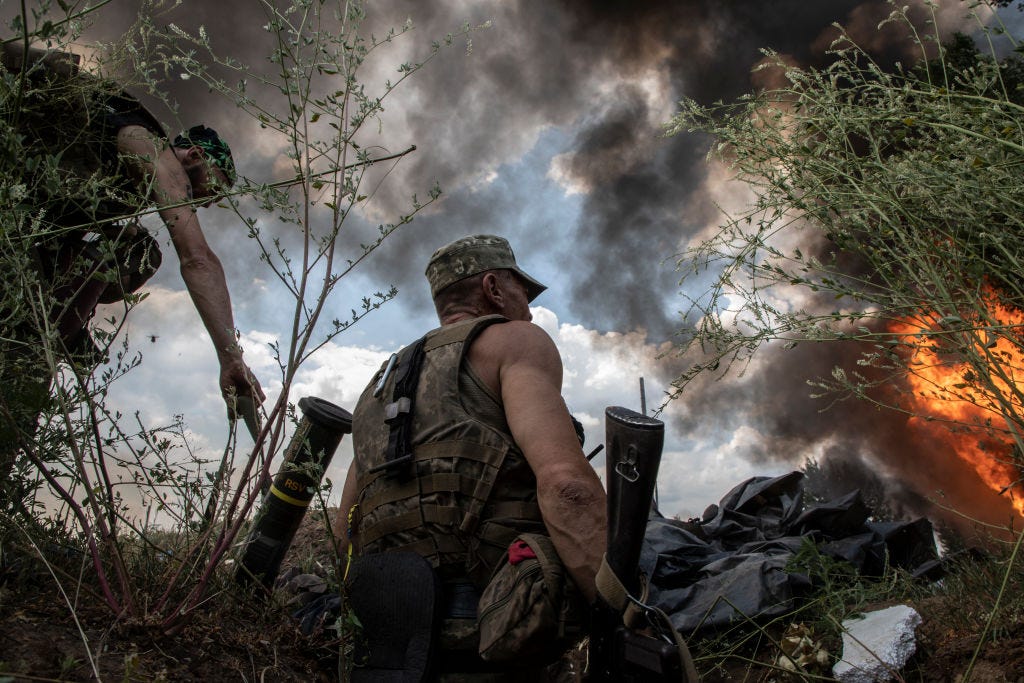
Mick Ryan, a strategist, author, and retired Australian Defense Force major general, wrote in an op-ed for The Sydney Morning Herald last week that "as months have passed, the initiative has slowly bled away from Russia as Ukraine corrodes its ability to conduct offensive operations."
He argued that Ukraine "can win," but it will need continued political, military, and economic support from its partners, strength of leadership, and battlefield victories.
"The Ukrainians have demonstrated the value of courage, intelligence, influence and, most of all, heart," Ryan wrote, adding that "if Western political, economic and military support can be sustained, and the Ukrainian military can inflict more battlefield defeats on the Russians, they may just pull off the most unlikely of victories."
Whether such optimism is misplaced remains to be seen as this fight in Ukraine rages on with no immediate end in sight.

